I just love this book Thank You, Omu! by Oge Mora. Omu means “queen” in Igbo, a language spoken in Nigeria, a country in Africa. It is what the author, Oge Mora, called her grandma. Let’s say Omu together. What do you call your grandmother?
[There are lots of aspects of this book that can be discussed and build on to support various aspects of early literacy. Here are a few.]
Background knowledge—book and story knowledge: Let’s look at the cover of this book. What do you see? What do you think this book might be about? Choose a repeated phrase to have the children join in with. Have children retell the story in order, using a flannel board or props.
Background knowledge—content knowledge: How do you think the author made the picture? It is called collage, cutting out shapes from paper and painting them or coloring them with marker. Have children make a collage.
Print Awareness: Point out the word Knock! and Thank you, Omu or any of the text written in caps. Point out word in the pictures such as TAXI, Open. Note that Omu is reading a book. The writing of a thank you card.
Phonological Awareness: make the sound of knocking, and point it out.
Letter Knowledge: Point out shapes such as the star on the police officer’s shirt, other shapes in the collages. Spell out Omu as you point to the letters. Letters spelling Thank you Omu on the last page.
Vocabulary: so many words that mean delicious—tasty, scrumptious, delectable. Say repeated phrase together “scrumptious scent wafted out the window”—talk about what the phrase means.

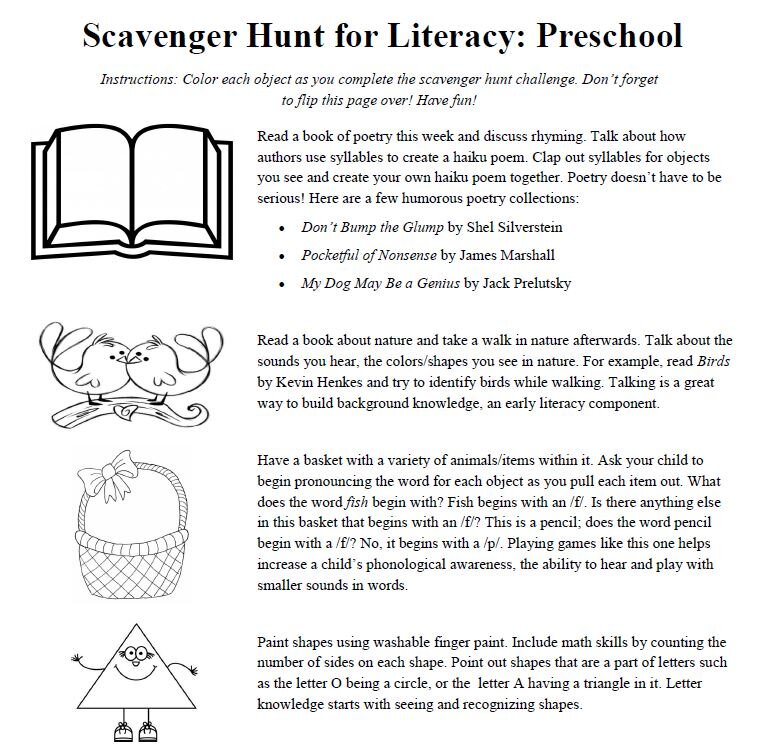
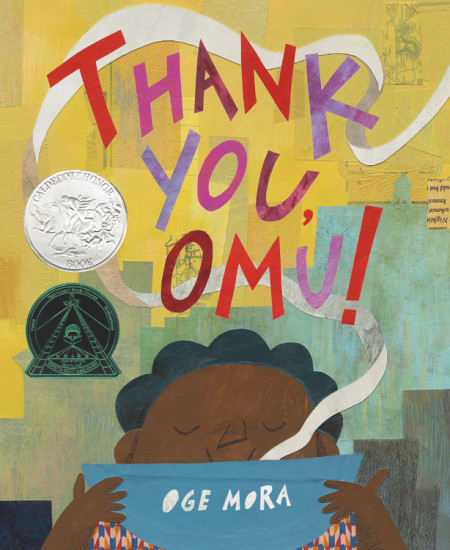





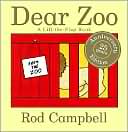
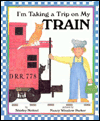
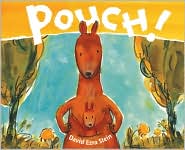
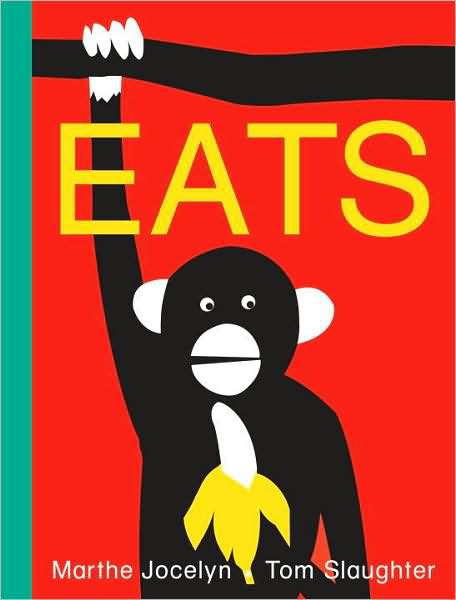
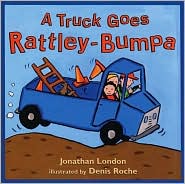
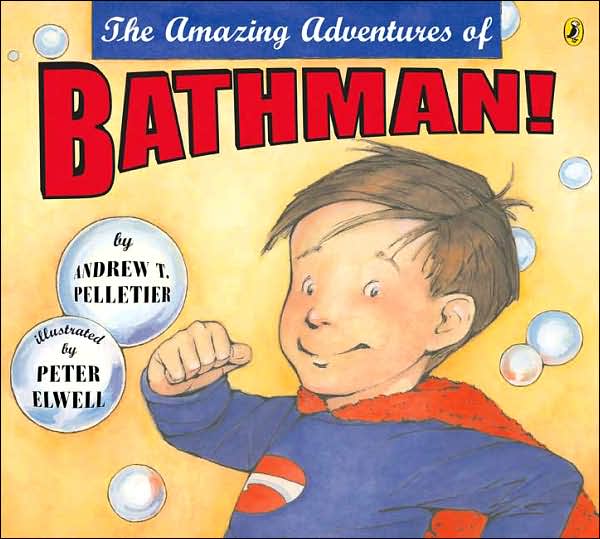 Book Introduction: Start with book upside down. Children will say to "turn it the right way". If not, look at the upside-down book and say, "Oh I can't read it like this, I have to turn it right side up. Read title and point out author/illustrator, running finger under the words.
Book Introduction: Start with book upside down. Children will say to "turn it the right way". If not, look at the upside-down book and say, "Oh I can't read it like this, I have to turn it right side up. Read title and point out author/illustrator, running finger under the words.
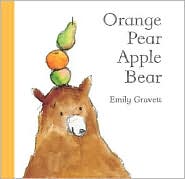 Early Literacy Aside--Example: When you choose books for your children, they like the ones that have pictures of things that are familiar to them. So, here is one with a picture of an apple. You can talk about the apple in the picture, its color, its shape. Then get a real apple and show it to your child. Talk about how it tastes--sweet, how it feels--round and smooth, the sound it makes when you bite it--CRUNCH!By showing your child the real object, you are helping them realize that pictures represent real things. Later they will also understand that printed words represent real things as well. This develops print awareness. I'll read this story to you once, then we'll use the flannel board to tell it again!
Read Orange Pear Apple Bear by Emily Gravett
Early Literacy Aside--Example: When you choose books for your children, they like the ones that have pictures of things that are familiar to them. So, here is one with a picture of an apple. You can talk about the apple in the picture, its color, its shape. Then get a real apple and show it to your child. Talk about how it tastes--sweet, how it feels--round and smooth, the sound it makes when you bite it--CRUNCH!By showing your child the real object, you are helping them realize that pictures represent real things. Later they will also understand that printed words represent real things as well. This develops print awareness. I'll read this story to you once, then we'll use the flannel board to tell it again!
Read Orange Pear Apple Bear by Emily Gravett